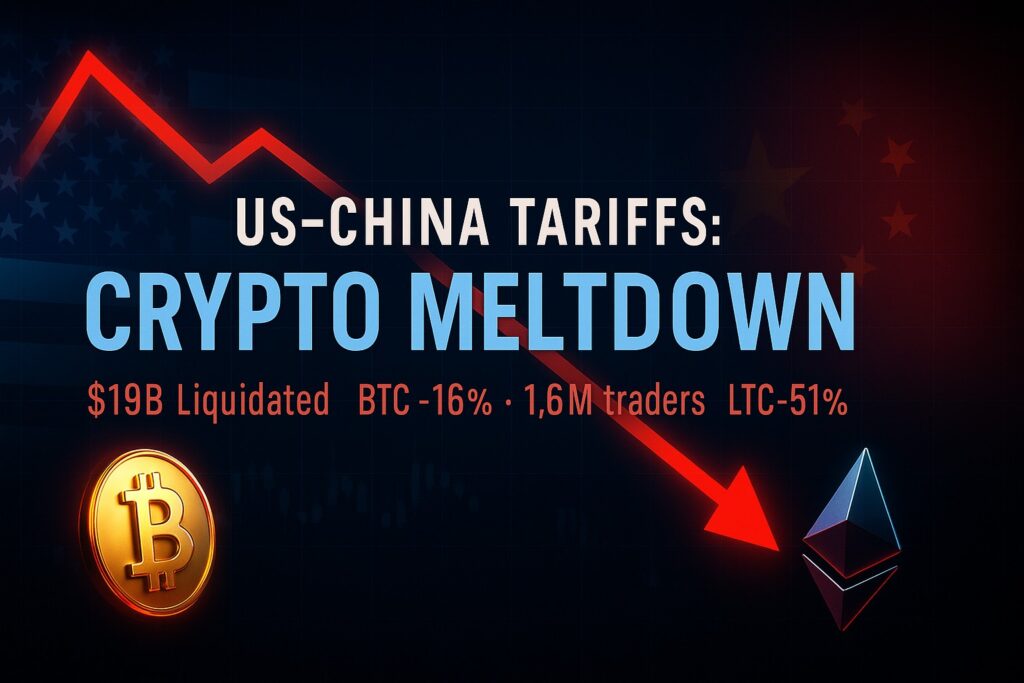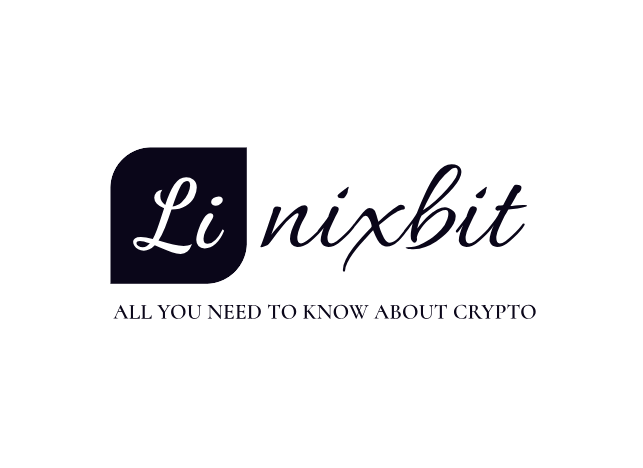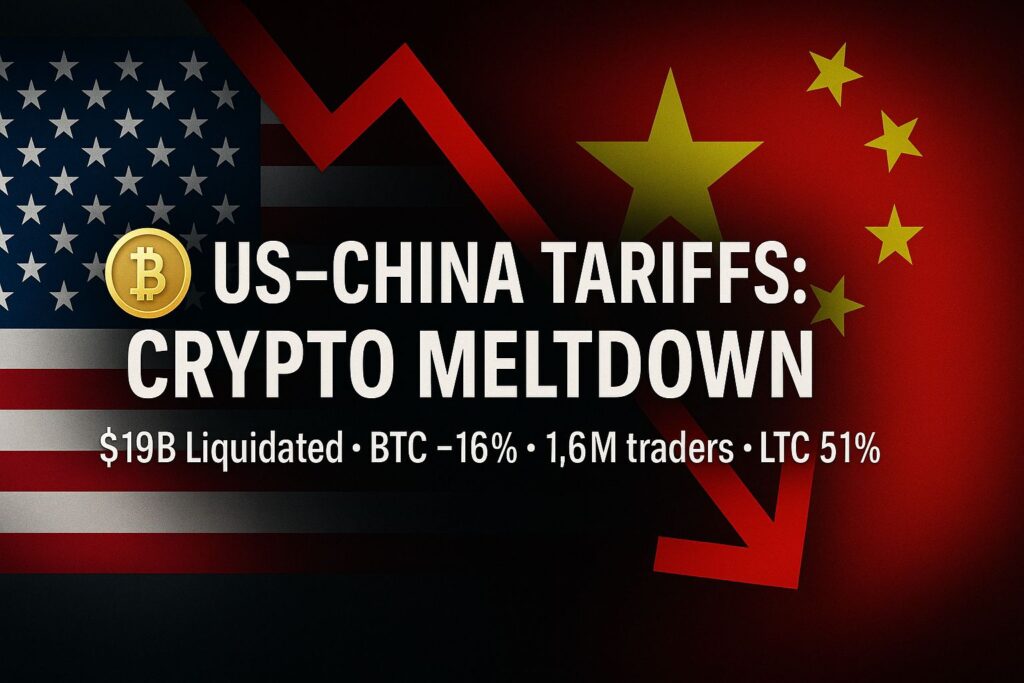Key Takeaways
- Roughly $19B in crypto positions were liquidated in hours, $19B Liquidated, 1.6M Traders Wiped: US-China tariffs impact on crypto triggered the largest single-day purge on record.
- Bitcoin swung from ~$124,000 to $104,100 before rebounding near $113,000; weekly loss >9%.
- Altcoins suffered sharper wicks: LTC −51%, TON −41%, DOGE −39% before partial recovery.
- Gold spiked above $4,000/oz as investors sought safety, underscoring crypto’s risk-on behavior during geopolitical stress.
The flash crash was sparked by renewed U.S.–China trade tensions. Posts from former President Donald Trump threatening new tariffs, in response to Beijing’s export controls on rare earths, undermined risk appetite and set derivative markets liquidation engines in motion. The US-China tariffs impact on crypto was immediate and indiscriminate: funding flattened, basis tightened, and overleveraged long positions were the first to get hit.
Over the course of an hour or so, an estimated 1.6 million traders had positions liquidated. Of the ~$19B in liquidations, about $16.6B were longs, while only $2.4B were shorts, showing how one-sided bullish positioning fueled the liquidation cascade. Price rebounded from the flash crash, but the deleveraging has left a lower post-shock equilibrium.
Bitcoin and Altcoins: Anatomy of the Drawdown
Bitcoin’s intraday drop of about 16% made the biggest headlines, but the long tail of liquidation pain was actually much heavier. Altcoins have shallower liquidity than BTC; when collateral values drop and liquidation selling triggers across thin order books, momentum chasing squeezes prices beyond fundamentals. That’s exactly what happened as LTC, TON, and DOGE all printed massive lower wicks, before finding support.
Altcoins tend to fall harder for several reasons:
- Shallower spot depth: less resting liquidity means forced market sells have more price impact.
- Fragmented venues: different liquidation rules across exchanges can amplify sell waves.
- Leverage concentration: leverage is often more concentrated in altcoins among retail and smaller funds seeking higher beta.
Activity in the selloff was a US-China tariffs impact on crypto on perpetuals and spot markets at the same time, in different exchanges, reinforcing one another. The cross-venue feedback loop amplified volatility in smaller caps.

Sentiment and Social Data
On-chain and social monitoring tools picked up a fast narrative shift. Mentions of “lower” and “below” overtook “higher” and “above” in on-chain trading discussions for several hours, an abrupt reversal from months of mostly bullish terms. Real-time social media showed US-China tariffs impact on crypto action as the crowd tied the washout to tariff announcements and rotated from greed to fear to caution.
Risk Management Playbook (Actionable)
- Treat geopolitics like macro data. Maintain a similar level of focus on tariff timelines and export-control announcements as you do CPI or FOMC events.
- Right-size leverage. Into events or on weekends, consider reducing size and widening maintenance buffers. Prefer spot to high-leverage perps.
- Respect liquidity. Don’t chase the first bounce after a forced unwind; wait for spreads to come down and funding to stabilize.
- Cross-asset tells. When gold spikes and crypto dumps, the prudent book should take some risk off—don’t count on mean reversion.
- Venue diversity. Map the total position across exchanges and L2s; desynchronized liquidation engines will amplify moves.
What Could Move Markets Next?
There are two vectors to watch. First, diplomatic tone. Diplomatic off-ramps that reverse last week’s escalation would be a bullish risk premium compression catalyst. New or accelerated pain-points for tech supply chains or capital markets would add more volatility. Over the next few weeks, the US-China tariffs impact on crypto may turn on whether policy signals get softer or harder.
Second, structural liquidity. Activity has become more fragmented across L2s and niche venues with very different margin rules and deep pockets. Dashboards that can show cross-venue leverage, open interest, funding, and on-chain liquidity side-by-side will give desks an edge on anticipating the next liquidity squeeze or relief rally.
Bottom Line
Geopolitics set the spark, leverage set the blaze. The ~$19B liquidation event Friday morning shows how fast overleveraged positions can turn a policy rumble into a market-wide margin call. Until sentiment eases and liquidity deepens, the US-China tariffs impact on crypto is likely to keep option skews bid, order books skittish, and weekend sessions risky even if price recovers in the interim. For now, trade smaller, trade nimbler, and keep one eye on the tape and the other on the diplomatic calendar.


